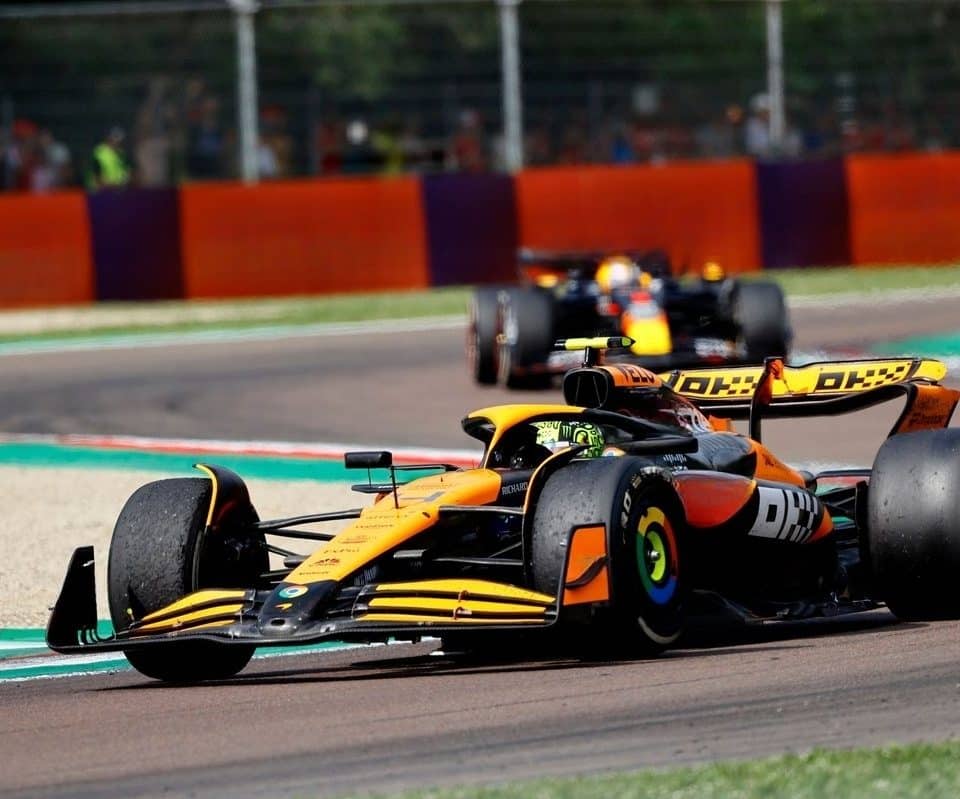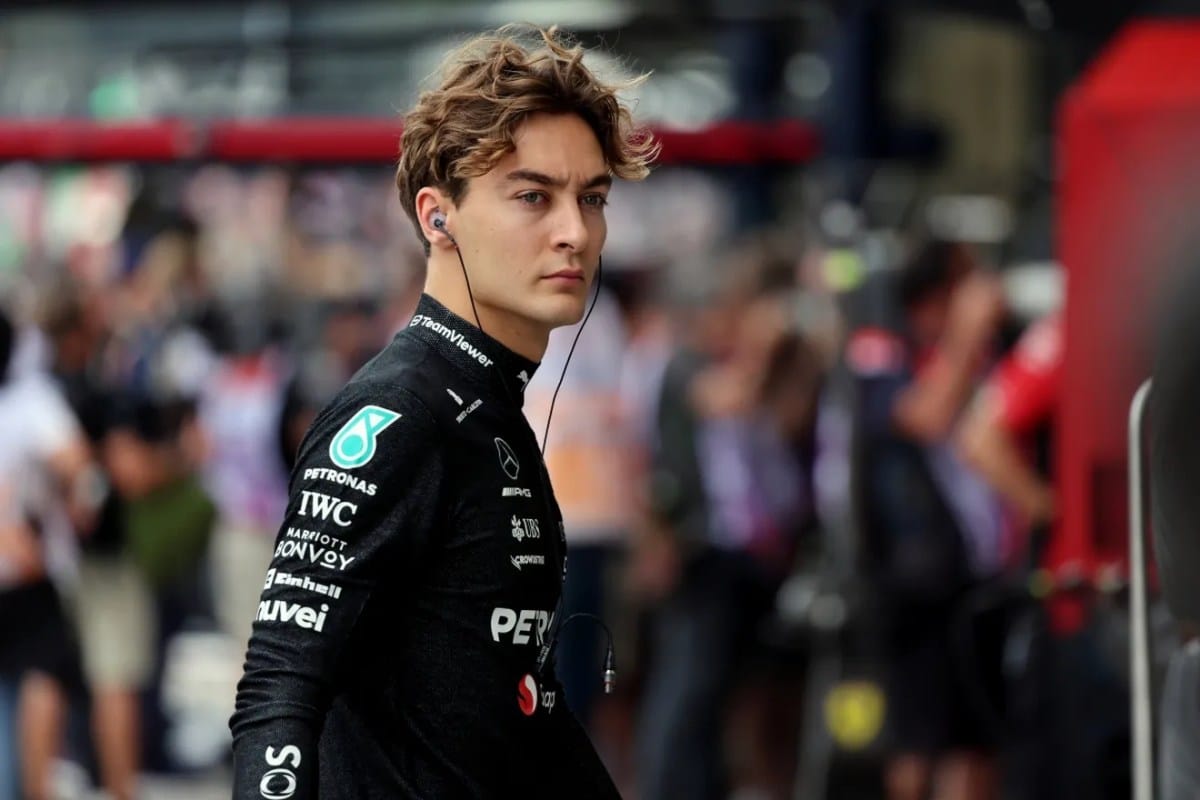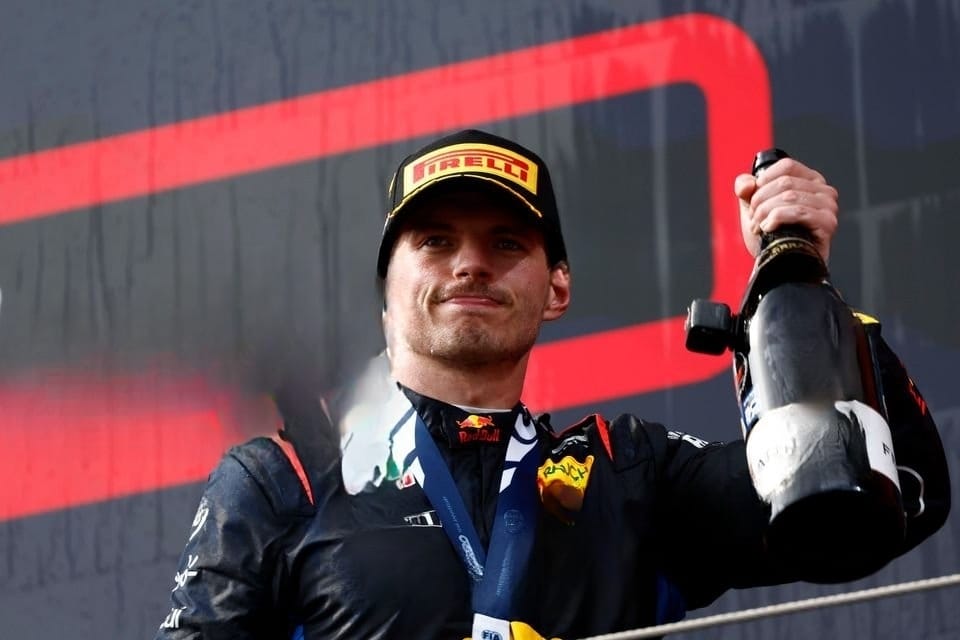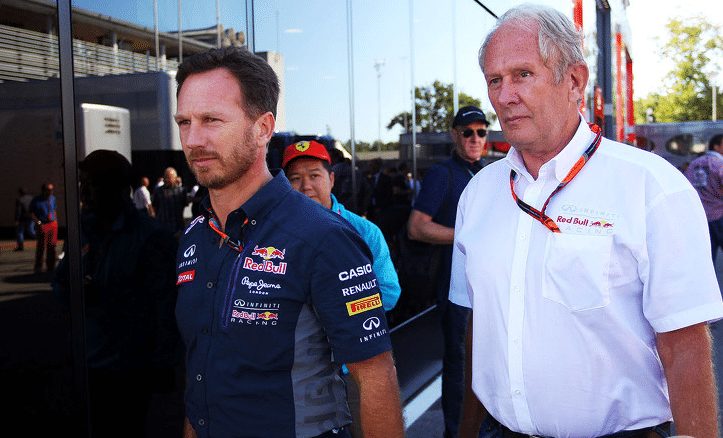In the Emilia Romagna Grand Prix, the duel between Max Verstappen and Lando Norris was a thriller, showcasing the strategic intricacies of Formula 1 racing. Let’s dive into what happened on the track that day.
At the start, Verstappen had the upper hand, pulling away on medium tires and establishing a solid six-second lead before the first round of pit stops. Even after switching to hard tires, Norris seemed to be struggling, especially after briefly losing time behind Sergio Perez. For a while, the gap widened to seven seconds, with Charles Leclerc looming behind Norris.
But then, about 20 laps from the finish, something changed. Norris’s car began to perform remarkably, and he started to close the gap with Verstappen. While it appeared that Verstappen was experiencing car troubles, the reality was a mix of factors—including tire management and track conditions.
Verstappen himself noted, “It was just like driving on ice, really snappy, and just you can feel when the tires are not gripping up anymore.” His Red Bull team had not gathered sufficient data on the hard tires at Imola, adding to their challenges.
On the other hand, Norris managed his tires brilliantly. McLaren’s team principal Andrea Stella explained, “The main factor was the temperature in which you could get your tires to operate. It looked that if you took your tires to too high a temperature, then the [performance] drop was quite significant… So he was very patient not overcooking it, and this paid off at the end.”
Verstappen’s woes were compounded by Red Bull’s decision not to run a hard long stint during Friday practice. Christian Horner, Red Bull’s team boss, reflected, “Probably with hindsight we maybe would’ve been better running a hard long on Friday… Maybe I would’ve been better to get the information on the tire.”
Norris faced his own challenges, especially with temperature expectations. “We were expecting it to be a little bit colder today than what it was. So we kind of set up the car more for colder conditions rather than hot, and I think I paid the price in general,” said Norris.
Despite these hurdles, Norris’s ability to adjust on the fly was impressive. “I wasn’t comfortable as soon as I came out on the hard tire… As soon as I started to push, I felt like I, you know, I’d oversteer, I’d understeer, lock tires… I basically changed all my switches on the steering wheel to try and help the rear tires and try to kill the fronts,” Norris detailed. This strategic adjustment helped him regain performance late in the race.
Ultimately, Norris found a sweet spot where he felt confident enough to push, drawing out an exciting end to the race, although he couldn’t quite catch Verstappen. “From then on, the pace was amazing. And so it’s a good sign,” he said, reflecting on the positives despite not winning.
For McLaren and Norris, the race at Imola revealed both strengths and areas for improvement. Norris summed it up, “It’s always a good thing to have good race pace. But clearly when it’s hotter and there’s more degradation to the rear tires, we start to struggle a lot more. Nevertheless, I’m happy with the outcome.”
While Max Verstappen clinched victory at Imola, Lando Norris’s remarkable late-race surge highlighted the strategic depth in F1. The race provided both drivers with critical insights into their cars’ performance under varying conditions, promising a thrilling season ahead.










